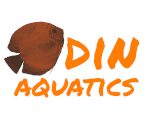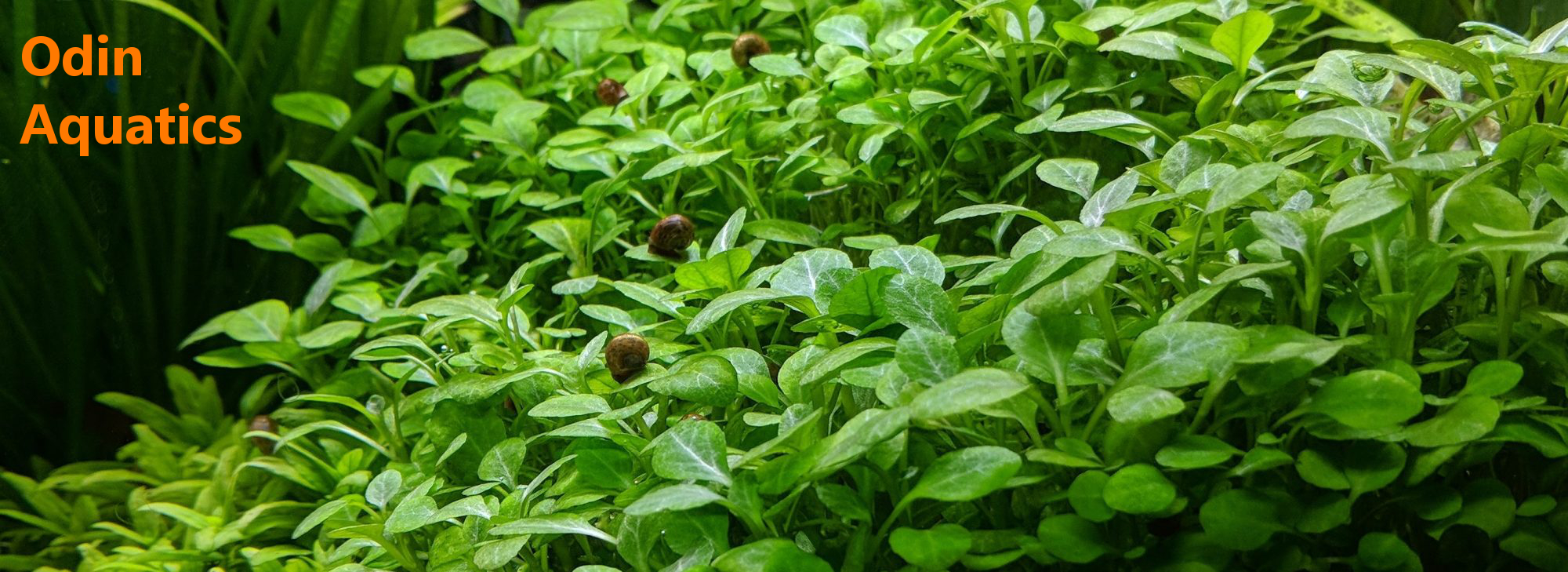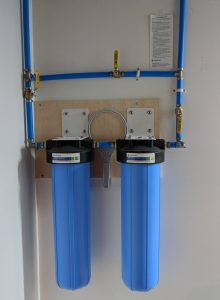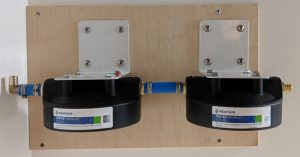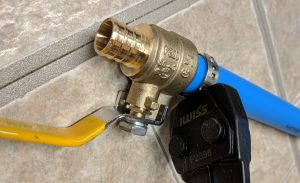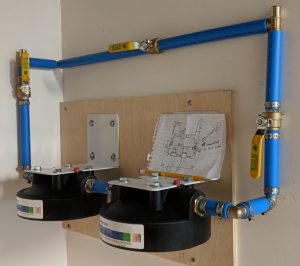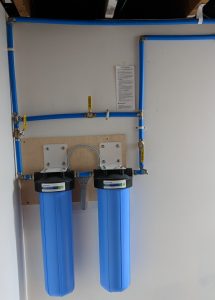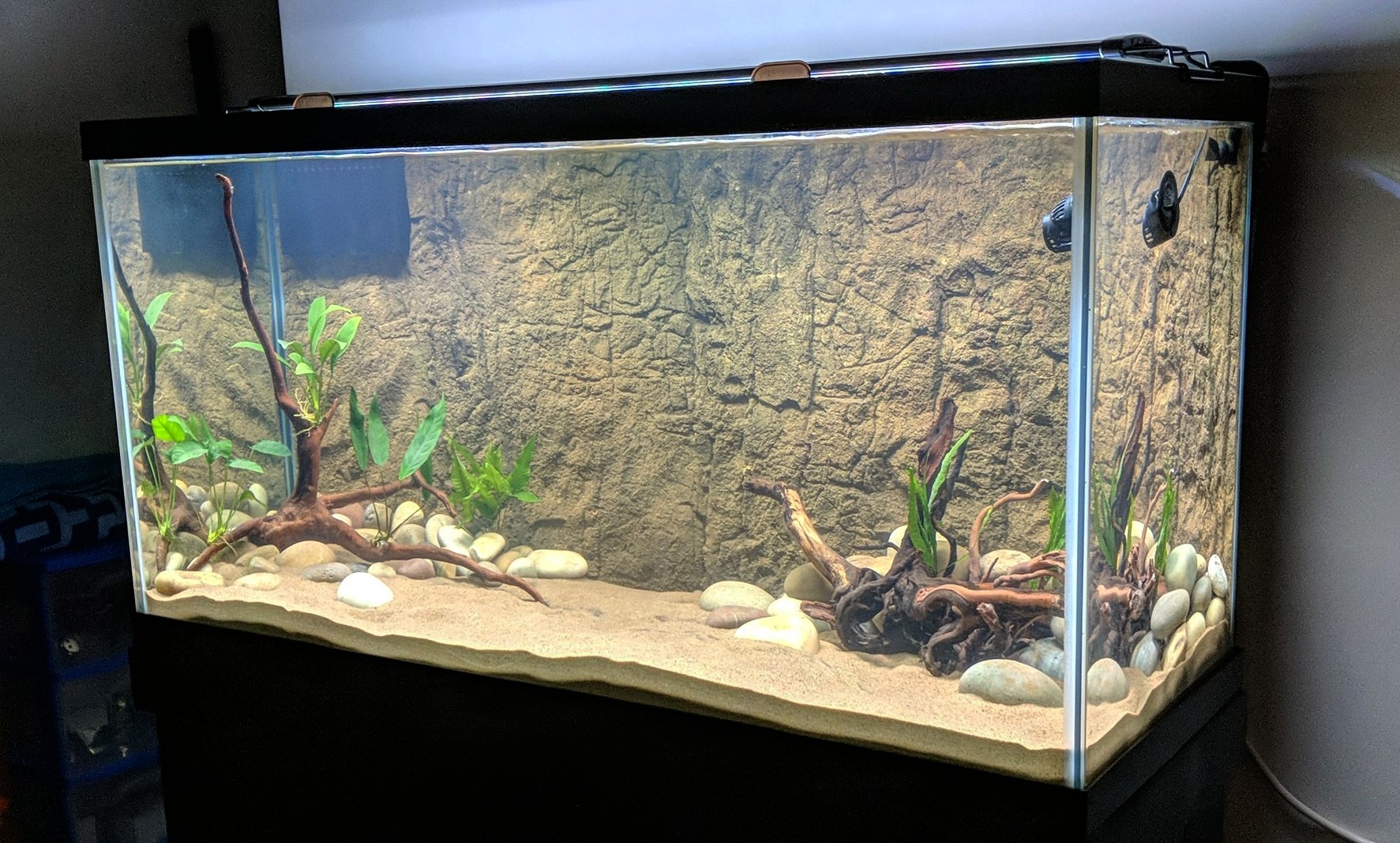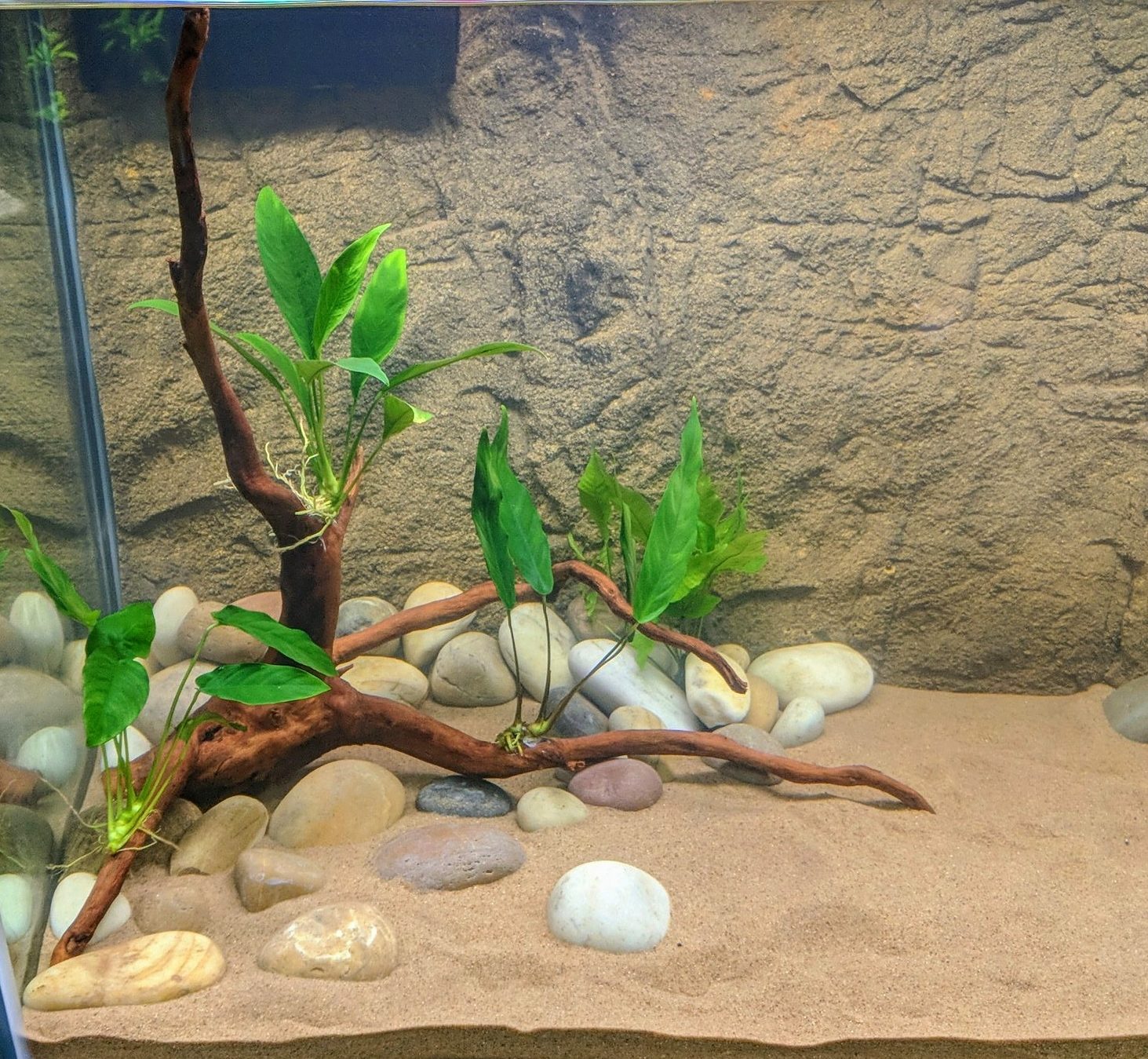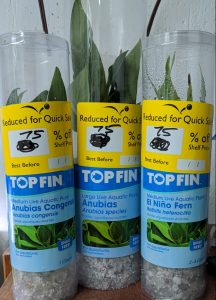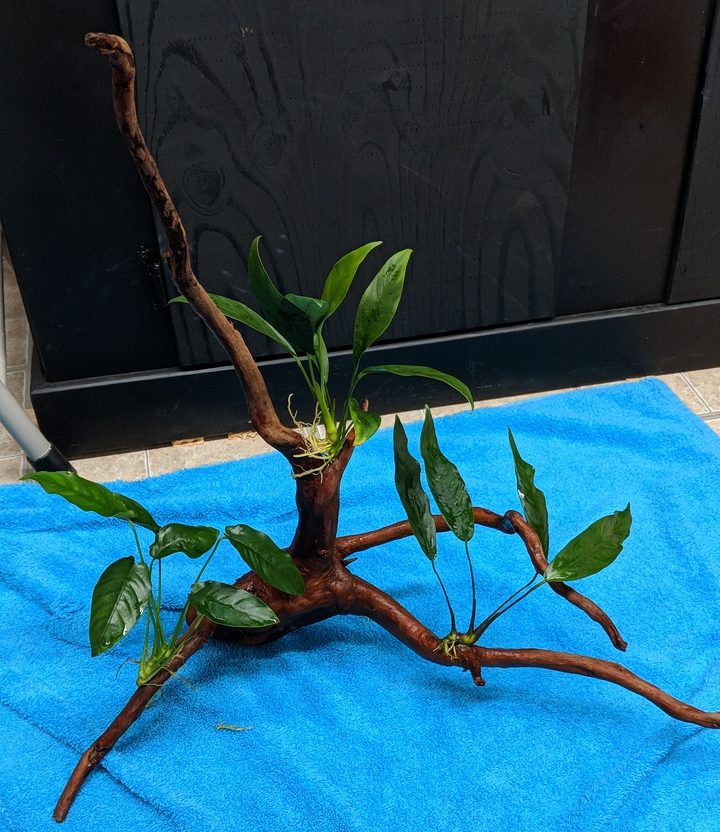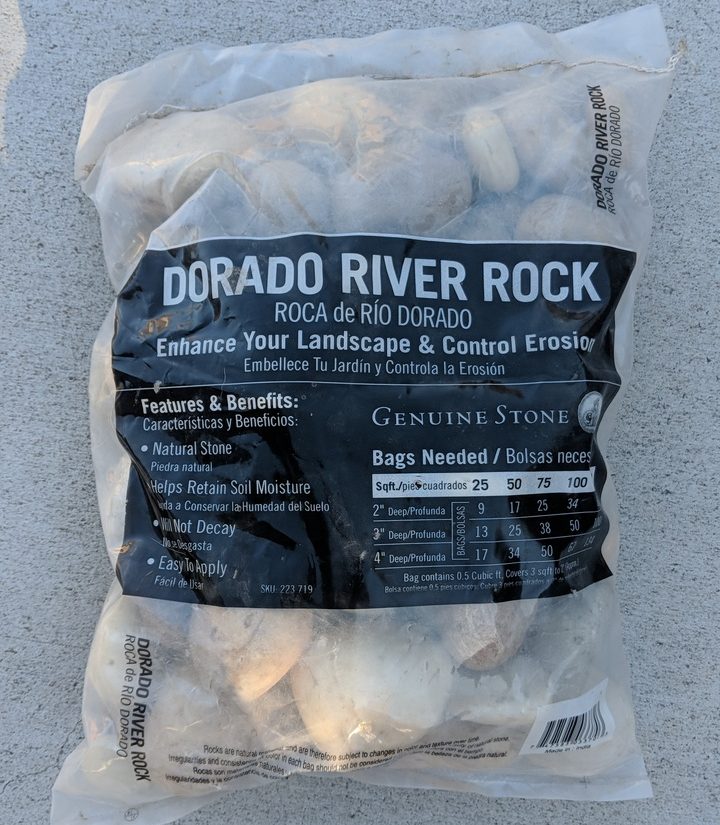The Nitrogen Cycle
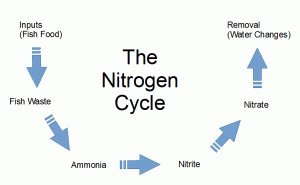
You may have heard people talking about “cycling” a fish tank. What they are referring to is establishing the nitrogen cycle. This is a common issue that new fishkeepers run into when setting up an aquarium. Basically, you need to establish a healthy colony of bacteria that will take harmful fish waste (ammonia) and convert it into a much less harmful substance (nitrate). However cycling a tank is only the first step. This post will delve into why regular water changes are critical to maintaining a healthy aquarium.
Ammonia (NH3)
Ammonia is highly toxic to fish and other animals. It is a nitrogen waste product of protein catabolism. It is produced by fish waste, and also by decaying food and organic material in the aquarium. The ideal level for ammonia in an aquarium is 0 ppm (parts part million) or 0 mg/l. Sustained levels of ammonia even in the single digits can cause ammonia toxicity and death in fish.
The exact lethal level for ammonia in an aquarium is actually dependent on the pH of the aquarium. NH3 (ammonia) converts to NH4- (ammonium) and vice versa based on both pH and salinity. This means ammonia does become less toxic at a lower pH. However, this should not be taken to mean that lowering the pH is an appropriate way to deal with elevated ammonia. Changing the pH of an aquarium can have other harmful effects on fish, and is not a sustainable way to deal with ammonia.
Nitrite (NO2-)
Nitrosomonas is a genus of bacteria. This organism oxidizes ammonia into nitrite as a metabolic process. This means the bacteria consumes ammonia and leaves behind nitrite in the aquarium. Unfortunately, nitrite is almost as toxic to fish as ammonia. The ideal level of nitrite in an aquarium is 0 ppm or 0 mg/l. More info on nitrite can be found in this article by Practical Fishkeeping.
It takes about 4 weeks for a sufficient colony of nitrifying bacteria to develop in a new aquarium. This process can be helped along through the addition of a bottled bacteria supplement, such as Seachem Stability. I recommend using Stability to establish healthy bacteria on all new aquariums.
Nitrate (NO3-)
Bacteria called Nitrobacter consume nitrite and convert it into nitrate. This is the final stage of the nitrogen cycle in the aquarium. Once waste has been converted into nitrate, it remains in that form and continues to accumulate in the aquarium. Nitrate is far less toxic than ammonia or nitrite, but it does become toxic to fish when it rises above 100 ppm or 100 mg/l. Ideally, nitrate should be kept below 20 ppm at all times. Sustained exposure to nitrate levels over 20 ppm has been shown to stress fish, making them susceptible to diseases and less likely to breed.
Removing Nitrate Through Water Changes
So how can you prevent nitrate from building up to a toxic level in your aquarium? The answer is regular water changes. When you remove 25% of the volume of water, you also remove 25% of the total nitrate. Replacing the old water with fresh water dilutes the remaining nitrate to a safer level for your fish.
Say for example you have a 20 gallon aquarium with some guppies and snails living in it. You feed the fish daily, adding a few ppm of nitrate every time you add food to the aquarium. Over time, this level rises to 40 ppm nitrate. You perform a 25% water change, removing 5 gallons from the aquarium and replacing it with fresh water. The new level of nitrate in the aquarium is around 30 ppm.
If you do not perform regular water changes and continue to add organic material (fish food) into an aquarium, nitrate will eventually build to a toxic level. The exact frequency and size of water changes varies based on the aquariums stocking, but performing a partial water change of 20-30% weekly is usually ideal. Alternatively, larger, less frequent water changes of around 50% can be performed. However large water changes can cause rapid swings in water chemistry, which can be harmful to fish.
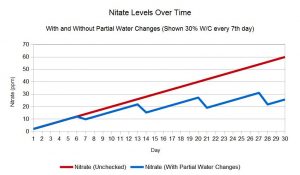
Testing Your Aquarium Water
It is important to be able to test for ammonia, nitrite, and nitrate while cycling a new tank and periodically in an established aquarium. For this I recommend a test kit such as the API Freshwater Master Test Kit. You can also use test strips as a quicker way to get a reading on multiple parameters simultaneously.
